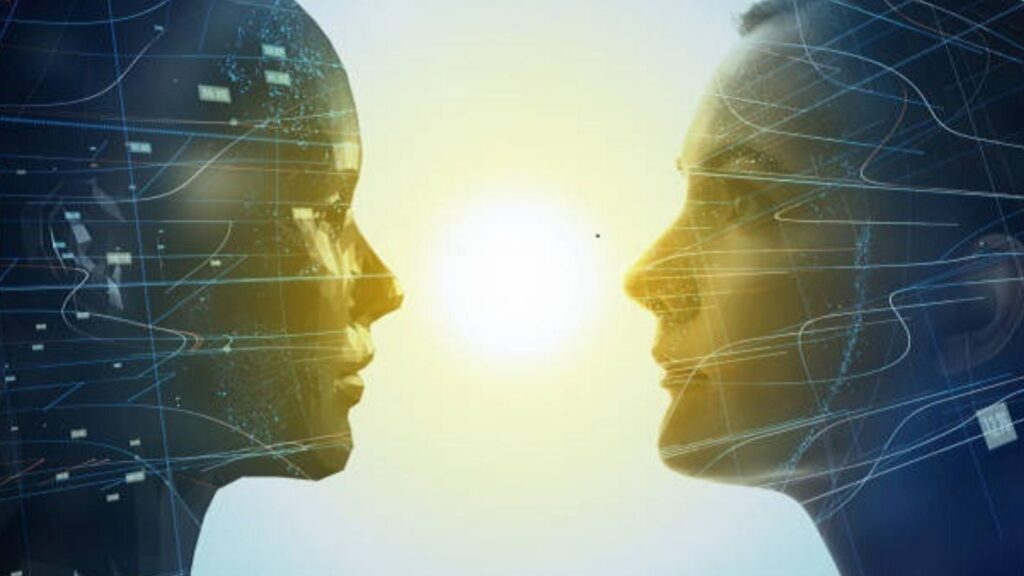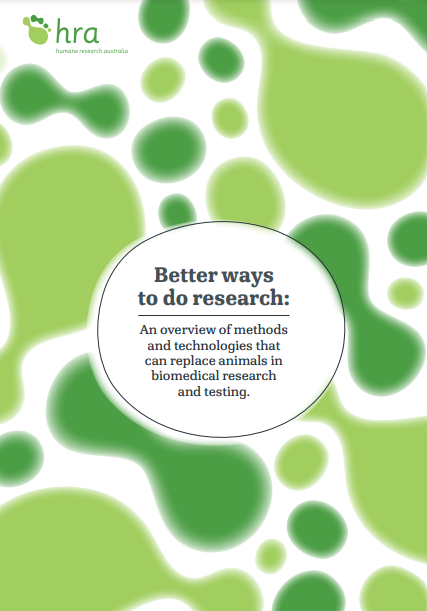What if there was a future reality without sickness and disease? A future where you had a digital human twin and feedback from your smart watch and other bio feedback monitors could help predict and prevent disease and injury.
A digital human twin would make this a reality! In this fascinating article, AFSA’s Science Outreach Consultant Natalie Anderson reveals the ingenious ways that a digital twin resolves common human health problems. It’s a must-read!
What if there was a future without #disease? A digital human twin would make this a reality! In this fascinating article, AFSA’s #Science Outreach Consultant Natalie reveals how a digital twin resolves common human #health problems! #EndAnimalTesting https://animalfreescienceadvocacy.org.au/digital-human-twins-are-the-future-of-research
What is a digital human twin?
Digital human twins are based on the digital twin concept, which was first defined by NASA in the 1960’s. Digital twins are living, evolving, artificial intelligent replicas of physical systems that can optimise and predict system processes. They have been used for over 50 years in the space and automotive industries.
Digital twins in the automotive and space industries have the potential to not only save lives, like when a digital twin of the Apollo 13 mission was used to resolve the oxygen tank explosion but they can save billions of dollars that would otherwise be spent on maintenance and repair.
A digital twin involves three components:
- A real thing (an object and its environment)
- A virtual replica (the digital twin)
- A live link between the real thing and the virtual replica.
Digital human twins could optimise body processes and continuously predict future statuses such as sub-optimal function of organs or organ systems (disease, organ damage or failure).
Many digital human organ or organ system replicas already exist or are in process including the lungs, heart, gastrointestinal system, and brain, but a complete human is yet to be replicated. Since first announced in 1993, The Virtual Physiological Human Initiative is working to complete this for the human physiome enabling the physical functioning of the body to be twinned. World leading researchers from the Computational and Experimental Physiology research group at the Auckland Bioengineering Institute, University of Auckland, are leading research into many of these organs and organ systems.
Animals can have twins too: a digital twin exists for the mouse brain and a digital twin is in creation for a virtual dog. These can be used to help test new animal or human medicines. Alternatives to animal testing are sought after, even in veterinary medicine!

How do digital twins work?
A digital twin takes data from the real thing constantly in various forms. For humans this can be environmental, statistical, or mechanistic data, for example, smart-watch or app-based health tracking data, electronic health records (EHRs), disease registries, or more complex research data such as your genetic or metabolic profile, as well as lifestyle data over time.
A complex virtual replica of the human body would use large amounts of computing power (maybe in the form of super computers) to process many complex mathematical equations such as would be required to compute the basic physiological processes in the body such as blood flow, oxygenation, or energy conversion.

Why are digital twins important in medicine?
- Disease could be prevented more easily.
- Disease could be treated more effectively, for example, by testing out different treatment options on your digital twin first to find the best one for you.
- Digital twins can be used in clinical trials to help improve safety and efficacy of investigational new drugs in larger and more diverse populations and the use of animals in pre-clinical trials could be reduced.
- Digital twins can be used in surgical and emergency medicine training and to predict outcomes of surgery
- Digital twins can be used to test new medical devices or implants or give continuous feedback on functioning of these devices in real time.
Soon, the use of digital twins in clinical trials could mean that medicines are more accessible and safer for susceptible populations like young children, pregnant women, or elderly people, where medicines are either not available or take very long times to test and approve.
Coming to a doctor near you soon!
Digital twins were announced as the third trending technology for 2020 according to the IEEE Computer Society, and their use is emerging in human clinical trials, however a digital twin accessible to the public is likely years away. When a human being and their life and rights are involved, the use of digital twins is a more complex environment: your data, therefore your privacy and security is of top concern to any digital twin service providers. Although years away, our medical knowledge is doubling at least every 70 days and practitioners would greatly benefit from integrated digital artificial intelligent technologies such as digital twins.
Five things are needed to bring virtual twins to life in the coming decades
According to the book “Virtual You” written by world experts in digital human twin technologies there are five things that are needed to bring virtual human twins to life over the next couple of decades:
- Gathering data about the body (Big Data)
- Building theoretical frameworks to better understand human biology.
- Blend and combine theories to develop working models of the various components of the human body and its systems, from the cell to the organs to the organ systems.
- Using Artificial intelligence to help integrate the masses of information generated by models or from experimental data.
- Animate the models using supercomputing – exascale, analogue, quantum computing may be the future of the virtual human.
Key enablers already in place to allow implementation of digital twins in clinical trials include the Avicenna Alliance strategy for in silico clinical trials and the American Society of Mechanical Engineers verification and validation in computer modelling of medical devices.
If the potential of a virtual human twin with artificial intelligence is fully employed, they will alter the way lifestyle, health, wellness, and chronic disease will be managed in the future, meaning a more connected, healthy, and intelligent future for humankind. Find out more about a future with digital twins by watching this six- minute movie created by the Centre of Excellence for Computational Biomedicine.
There are now better ways to do research
Discover the landscape of innovative alternatives to animal research, written in plain English to bridge the gap between complex science and public understanding. Drawing from authoritative sources such as peer-reviewed journals and government reports, this work distills scientific literature into digestible information. Quotes are used liberally, as who better to explain the research than the researchers themselves?
Focusing mainly on animal research for human benefits, often a contentious point, this overview also acknowledges animal use in veterinary studies.
Existing methods and technologies are perpetually enhanced, with new alternatives surfacing regularly. Despite the complexity of this area, every effort was made to deliver an accessible, informative guide for all. To delve deeper into this transformative shift in research methodologies, we invite you to read the ‘Better Ways To Do Research’ report. It’s time to understand and embrace the science of the future.

